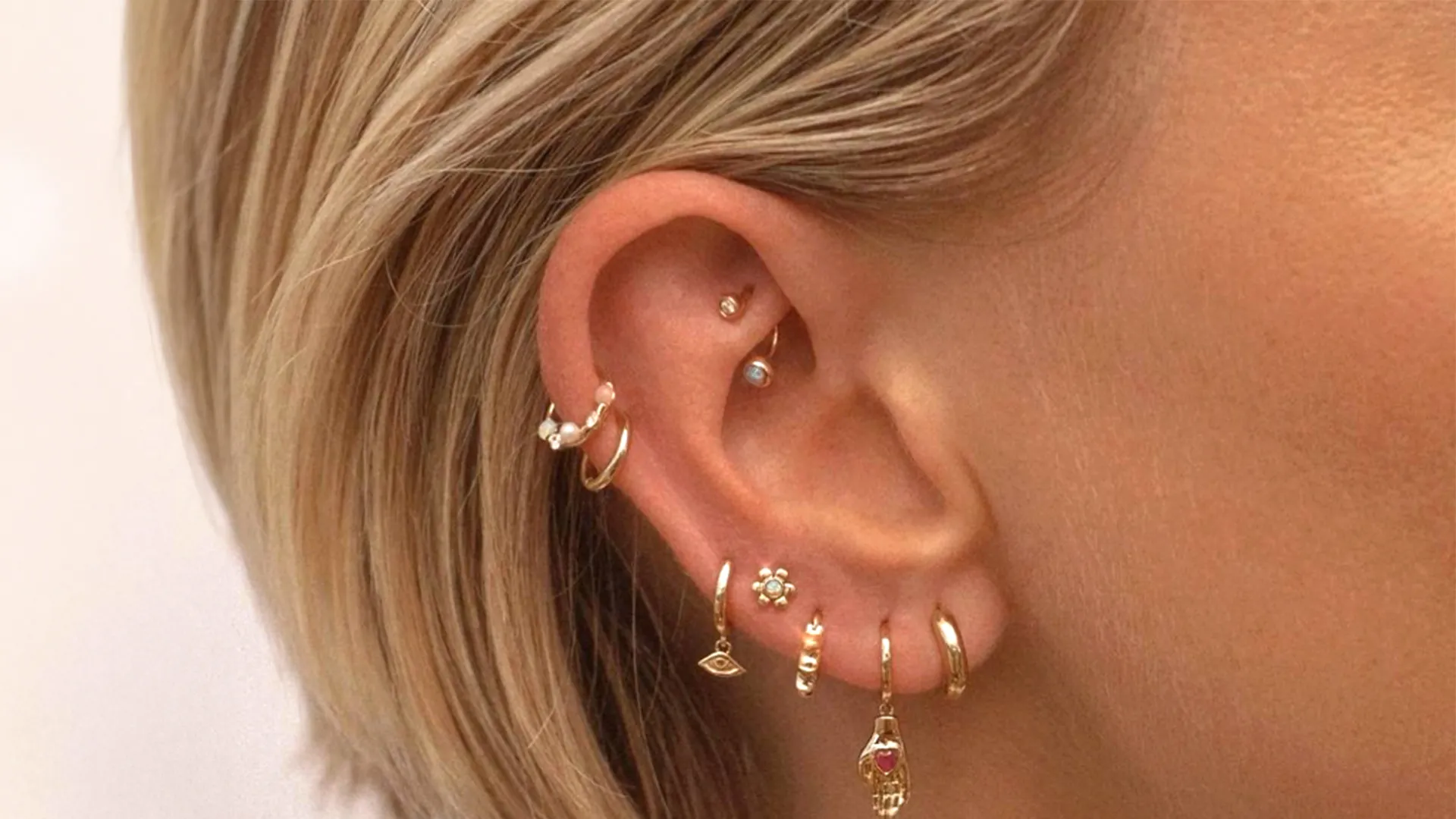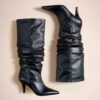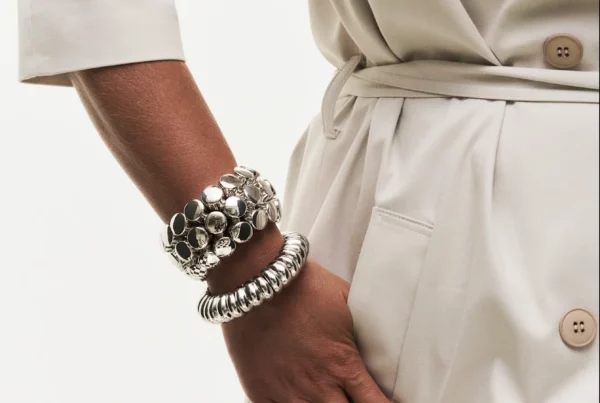Table of Contents
Unlocking the Enigma of Rook Piercings: Your Ultimate Guide
The world of body art is vast and multifaceted, and one piercing trend that has been gaining steady momentum is the rook piercing. This type of piercing is not only a unique style statement but also a testament to the wearer’s daring and individualistic personality. However, despite its rising popularity, many aspects of rook piercings remain shrouded in mystery. This comprehensive guide aims to demystify the rook piercing, offering insights into everything from its origins to the healing process.
 Understanding Rook Piercings
Understanding Rook Piercings
Before delving into the specifics, it’s essential to understand what a rook piercing is. It’s named after the man who popularized it, Erik Dakota, a renowned body piercer. The piercing is located in the antihelix of the inner ear, above the tragus. Notably, the rook is denser than other parts of the ear, making the piercing procedure slightly more complex.
Procedure and Pain Factor
The process begins with the piercer cleaning the area and marking the exact spot for the piercing. Then, a hollow needle is used to create the piercing, followed by the insertion of the jewelry.
An interesting fact here is that the pain level during the procedure is quite subjective, varying from person to person. Some people report a sharp, intense pain, while others claim it’s more of a pressure sensation. It’s important to remember that the rook is a cartilage piercing, so it may be more painful than lobe piercings.
Healing and Aftercare
One crucial aspect of rook piercings is the healing process. Typically, it takes anywhere between 6 to 12 months for a rook piercing to fully heal, although this timeframe can vary based on individual healing rates and aftercare practices.
As with any piercing, proper aftercare is paramount to prevent infections and ensure smooth healing. This includes cleaning the piercing with a saline solution, avoiding touching it with dirty hands, and refraining from changing the jewelry until it’s fully healed.
 Jewelry Choices
Jewelry Choices
One of the advantages of rook piercings is the wide array of jewelry options available. From curved barbells and captive bead rings to heart-shaped hoops and gem studs, the possibilities are endless.
Risks and Complications
While rook piercings are generally safe, they are not without risks. The most common complications include infection, migration, and keloids. It’s worth mentioning that choosing a professional, reputable piercer significantly reduces these risks.
Why Choose a Rook Piercing?
The rook piercing stands out for its unique placement and aesthetic appeal. It’s versatile, edgy, and allows for a lot of creativity with jewelry. Plus, since it’s not as common as other piercings, it’s sure to make a statement!
 Final Thoughts
Final Thoughts
While the rook piercing might seem intimidating, armed with the right information and a seasoned piercer, it can be a fantastic addition to your personal style. Remember, the key to a successful rook piercing lies in diligent aftercare and patience. So, are you ready to take the plunge?
The world of body art is evolving continuously, and the rook piercing is a testament to this evolution. It’s a bold, stylish choice that speaks volumes about the wearer’s individuality and courage. So, whether you’re a piercing enthusiast or a novice looking to make a statement, the rook piercing is worth considering.









